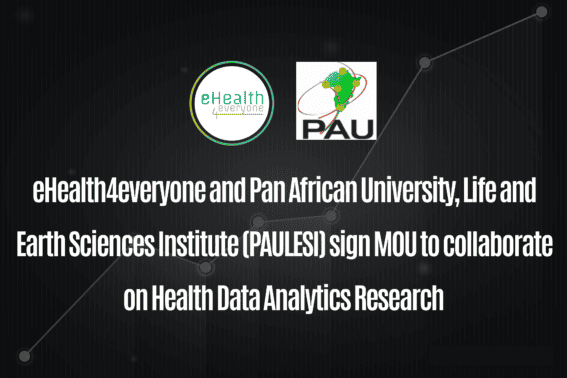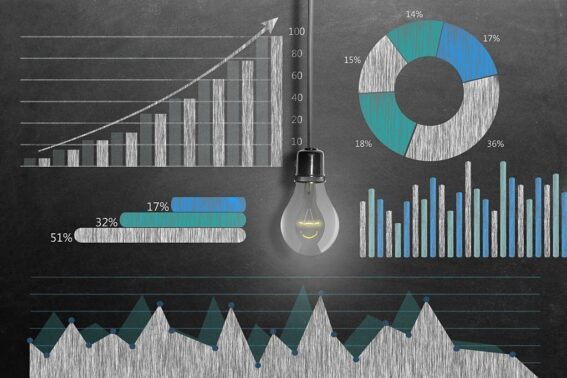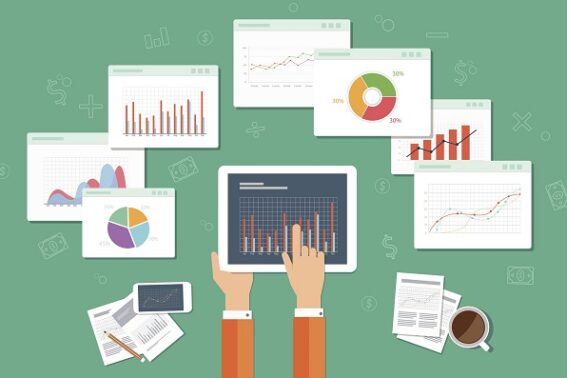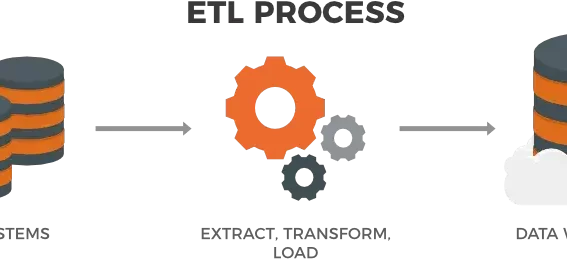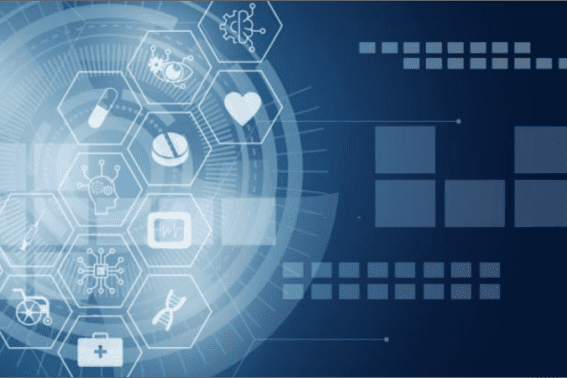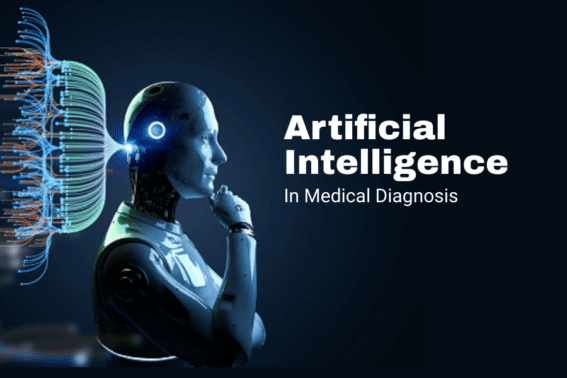Introduction: eHealth4everyone and the Pan African University, Life and Earth Sciences Institute (PAULESI), have formalized a Memorandum of Understanding (MOU) to synergize efforts in the area of health data analytics research. This strategic collaboration aims to conduct comprehensive research projects addressing diverse data and information needs across sectors and research areas. The aim is to[...]
eHealth4everyone’s DHIS2 beginner-to-advanced level training with the Center for Clinical Care and Clinical Research (CCCRN) was a three-day transformative event that was held from the 6th to the 8th of September, 2023, in Abuja, Nigeria. This event marked a pivotal moment for both eHealth4everyone and the CCCRN, as we joined forces for a DHIS2 training[...]
In the world of healthcare, innovation is the driving force behind progress, and eHealth4everyone has been at the forefront of this transformation for the past eight years. As we celebrate our remarkable journey, we take a closer look at the achievements and contributions that have positioned eHealth4everyone as a pioneer in the digital health revolution[...]
Data-driven decision-making is an approach that relies on empirical data, data analysis, and insights to inform strategies that are aimed at improving outcomes and increasing efficiency across various domains. Data availability and utilisation have become paramount in shaping effective strategies to address health challenges and improve public health outcomes. The role of technology and data[...]
The introduction of Electronic Health Record (EHR) systems for the management of healthcare practices has facilitated data collection and retrieval processes within health facilities. This has led to an increase in the amount of patient data generated, which includes: diagnoses, medications, laboratory results, treatment plans, and billing information, amongst others. Effective use of these data[...]
In today’s era of information and technology, data plays a crucial role in shaping the healthcare sector. With the exponential growth of healthcare data, innovative approaches are needed to unlock its potential and gain valuable insights. This transformative approach revolutionises population health across various domains, such as epidemiology, biostatistics, environmental health and others. Data analytics[...]
ETL stands for Extract, Transform and Load. It’s a data integration process in which data is firstly acquired from one or multiple data sources, then changed or processed and is finally loaded into the data warehouse, databases, and other files such as PDF, Excel or other target systems. The easiest way to understand how ETL[...]
The healthcare industry is facing challenges that affect the quality and delivery of services. These challenges include but are not limited to inefficiency and errors in patient-related data management and sharing, inefficient healthcare processes, rising healthcare costs, delayed patient diagnosis and treatment. In the past, decisions in healthcare such as disease diagnosis and treatment were[...]
Advancements in computer technology have led to the development of software that can assist doctors in decision-making without consulting specialists. This software incorporates various aspects of human intelligence such as logic, decision-making and experiential learning. While the concept of artificial intelligence is not new, recent developments in computer science have led to its recognition as[...]
Telemedicine is the use of telecommunication and information technologies to provide clinical health care from a distance. It involves a spectrum of technologies including medical data transmission, audio-only format (telephone and radio), still images, full-motion videos and robotics. The swift progression of real-time, interactive, audio-visual, and digital technologies, coupled with significant increases in internet speed[...]

